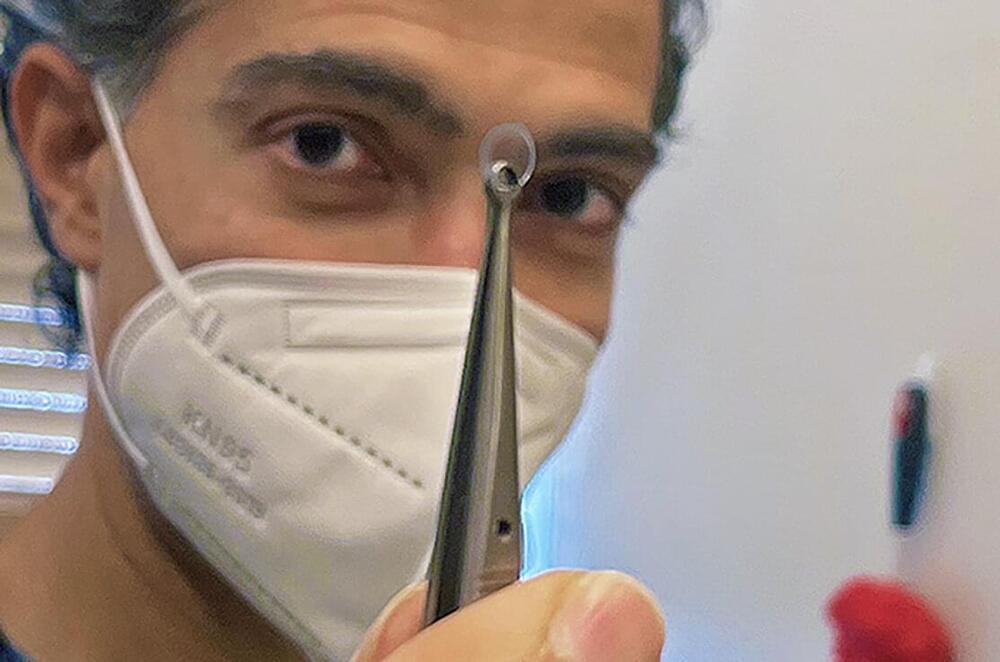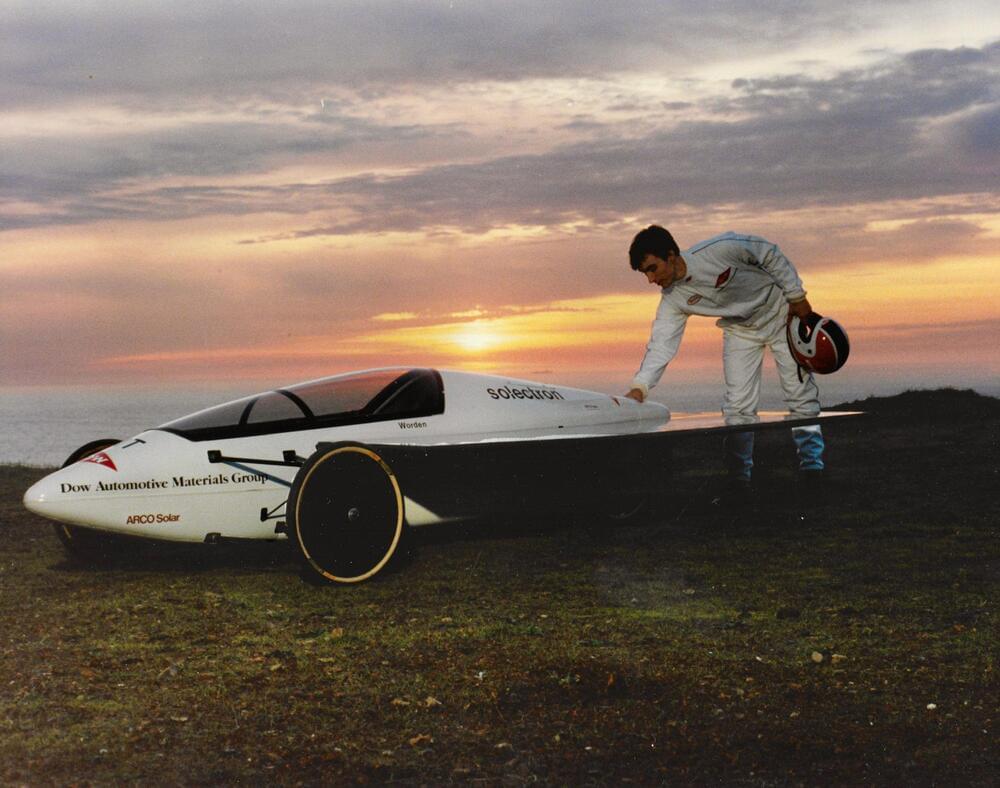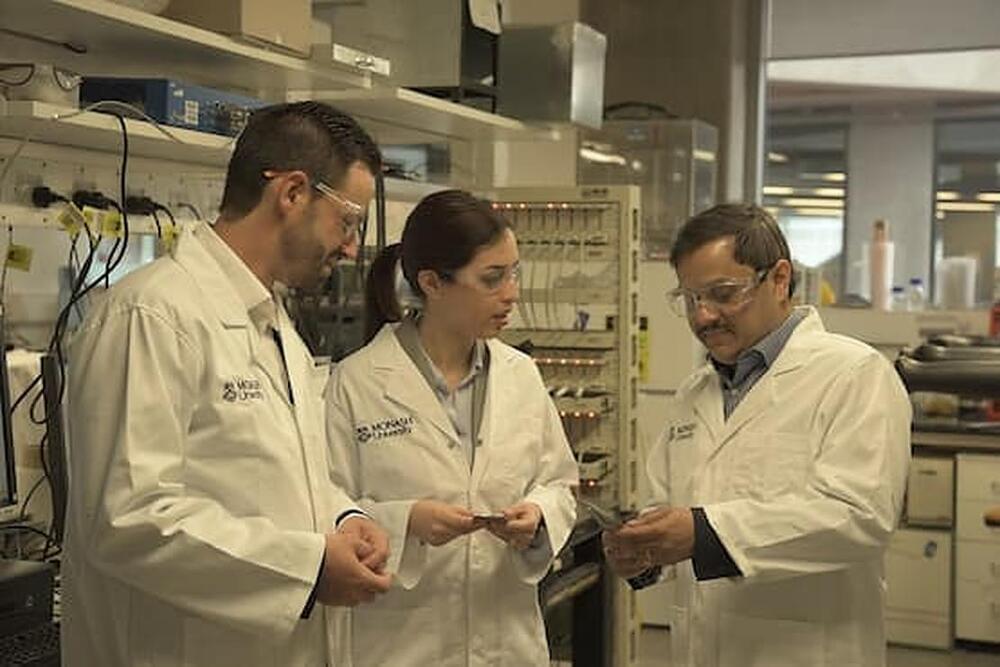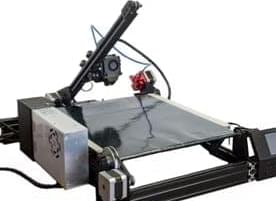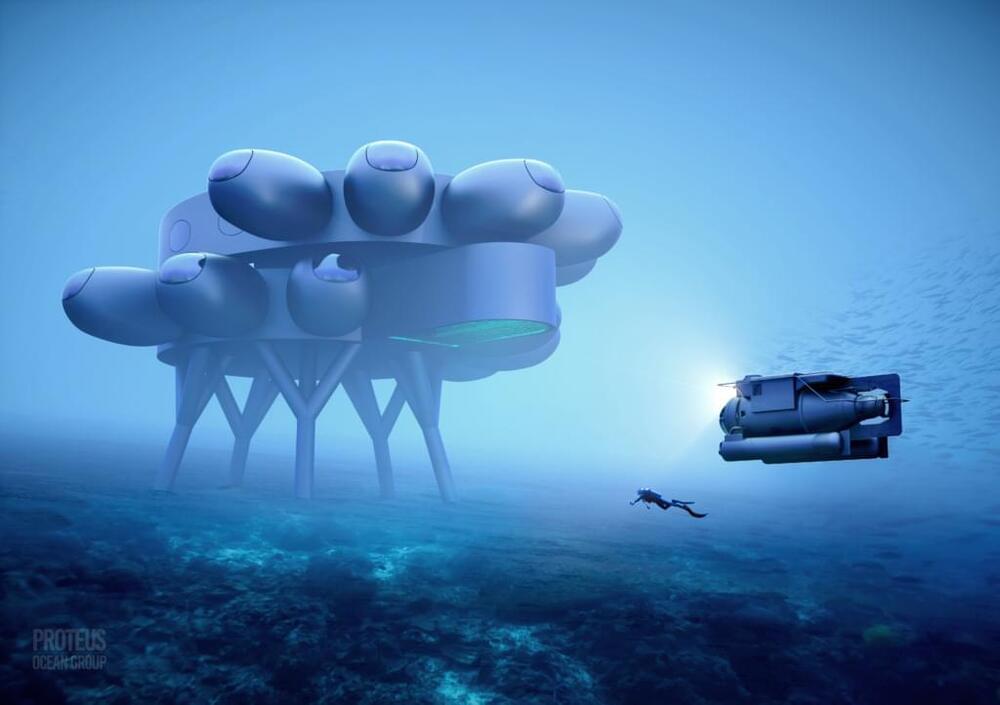Mar 15, 2022
Elon Musk Shares Transphobic Meme Following Report of Grimes Dating Chelsea Manning
Posted by Sean Brazell in categories: biotech/medical, education, Elon Musk, engineering, space travel
Sooner or later Musks childish, morally and politically inept use of social media will thwart his greater (and great) ambition. Whatever your personal beliefs, there is exactly ZERO doubt that every generation since and including millennials has become exponentially less willing to tolerate this kind of stuff. Musk is going to NEED to both the fresh and enthusiastic intelligence and majority scale support, and not JUST in SpaceX research labs and on site engineering teams either.
He’s going to need IMMENSE, PROLONGED, and RELIABLE political support even as the reins of power are being passed from one generation to the next. If he keeps using Twitter like he has nothing to lose and no one’s support He’s going to find that he really does no longer have anything to lose nor anyones support.
At that point, he’ll have difficulty getting from city to city, much less get to Mars to build CITIES or become a secure, far more survivable interplanetary civilization!

